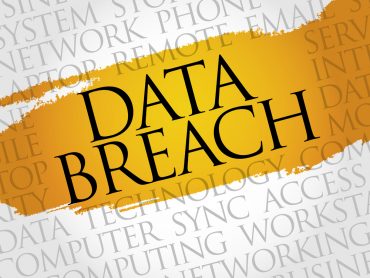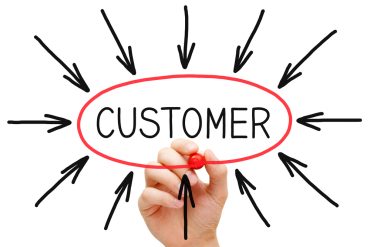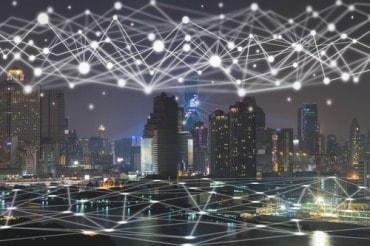
Real-time location systems provide the supervisory tools administrators and healthcare workers need to ensure fast, efficient care.
The market size for real-time devices is exploding, poised to grow by about $19 billion between 2020 and 2024. What’s behind this growth, and what markets are leading the way? If you didn’t say healthcare, you’re in for a surprise.
Real-time insights allow companies to stay on top of data, receiving continuous insight value instead of waiting weeks or months. Continuous insight facilitates digital transformation, becoming a key differentiator for success in a future business world.
Business isn’t the only field interested in real-time insight. Any field operating on punishing margins can use data to streamline operations, reduce waste, and facilitate innovation. Health care is under increasing pressure to reduce cost and wait times, a balance that seemed impossible up to now.
See also: Understanding the Different Levels of Location Accuracy
Healthcare’s interest in real-time devices
Healthcare real-time location systems (HRTLS) are a big part of the industry’s interest. It’s important to know where people and equipment are at any given time, and the devices help track the hospital’s most valuable assets.
In a crisis, the hospital needs a quick accounting of patients, available beds, various monitors, and other equipment to handle the crisis. These devices provide the supervisory tools administrators and healthcare workers need to ensure fast, efficient care.
They’re able to provide safety for sensitive patients without extra human labor, for example, or locate healthcare professionals quickly in an emergency. Other applications include monitoring high-value equipment and providing real-time assessment of available beds.
The automation of these tasks is one step in improving patient care outcomes while reducing costs. Two distinct groups — intra-organizational and extra-organizational — help track small range needs or provide global coverage for patient tracking in sensitive cases.
HRTLS could provide transformative in monitoring elderly patients, tracking blood transfusions, and tracking medications. All these activities currently require heavy lifting from human experts. Still, these devices allow hospitals to easily track and receive data at all times for analysis and derive value in the same way business would.
The market is slated to grow at a CAGR of 47% between 2020 and 2024. Why is healthcare so interested in this type of technology? Hospitals are currently spending a considerable amount of time and money replacing lost mobile equipment and tracking patients and medical staff. Adding these devices will help improve a hospital or healthcare facility’s bottom line by making this easier and less costly.
Because of this, healthcare could be a big driver in future growth and provide a large market for RTLS manufacturers and their products to land. RTSL has a lot to offer many industries, and healthcare could be its biggest section of the pie.






